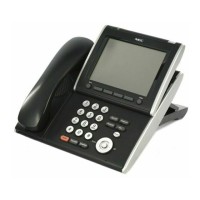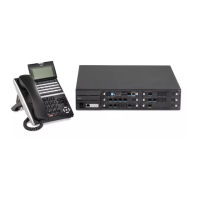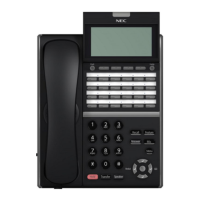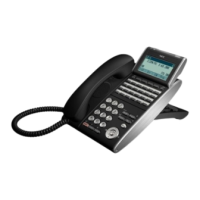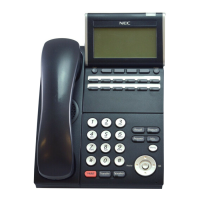1241
Trunk Queuing/Camp-On
Description
Trunk Queuing permits an extension user to queue (wait in line) on-hook for a busy trunk or trunk group
to become free. The system recalls the queued extension as soon as the trunk is available. The user
does not have to manually retry the trunk later. Trunk Queuing lets the caller know when the call can go
through. If the extension user does not answer the Trunk Queuing ring, the system cancels the queue
request.
With Trunk Camp-On, an extension user can queue (wait in line) Off-Hook for a busy trunk or trunk group
to become free. The caller connects to the trunk when the trunk becomes free. As with Trunk Queuing,
the user does not have to manually retry the trunk later.
Any number of extensions may simultaneously queue or Camp-On for the same trunk or trunk group.
When a trunk becomes free, the system connects the extensions in the order that the requests were left.
Conditions
With Automatic Route Selection (ARS), Trunk Queuing automatically queues for the least
costly route.
A user can camp-on or leave a callback request for an extension.
Other programmed options for outgoing calls can affect how a call is placed. Check or
program these options as needed (e.g., access line/Call Appearance (CAP) Keys, etc.).
Using a Programmable Function Key can simplify the trunk queuing operation.
Default Settings
Enabled
Related Features
Automatic Route Selection (ARS)
Callback
Call Waiting/Camp-On
Central Office Calls, Placing
Programmable Function Keys
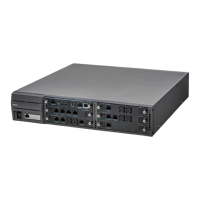
